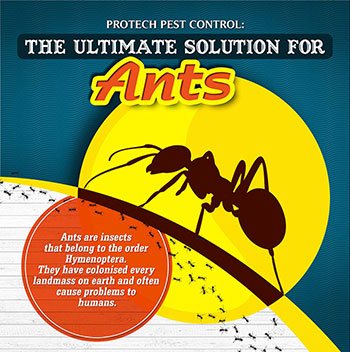Imagine your attic as a relaxing Airbnb for rats, with insulation as cosy as hotel cushions and circuitry a lot more luring than space service. Currently, imagine these undesirable visitors tossing a wild party in your home while you're away. As a house owner, ensuring your attic room is rodent-proof is not just about assurance; it's about protecting your property and enjoyed ones. So, what straightforward actions can you require to secure your shelter from these fuzzy intruders?
Examine for Entry Details
To begin rodent-proofing your attic room, check for entrance factors. Begin by thoroughly checking out the outside of your home, trying to find any kind of openings that rats might utilize to access to your attic room. Check for voids around energy lines, vents, and pipes, in addition to any type of fractures or holes in the foundation or house siding. See to it to pay attention to areas where various structure products satisfy, as these prevail entrance points for rodents.
In addition, inspect the roofing system for any kind of harmed or missing out on roof shingles, along with any type of spaces around the sides where rodents could press via. Inside the attic room, seek signs of existing rodent task such as droppings, chewed wires, or nesting materials. Utilize a flashlight to completely examine dark corners and concealed rooms.
Seal Cracks and Gaps
Inspect your attic extensively for any type of splits and spaces that require to be sealed to stop rats from entering. Rats can press through also the smallest openings, so it's important to secure any potential entrance factors. Check around pipelines, vents, wires, and where the walls satisfy the roofing. Use a combination of steel woollen and caulking to seal these openings efficiently. Steel wool is an exceptional deterrent as rodents can't eat through it. Guarantee that all spaces are firmly secured to reject accessibility to unwanted pests.
Do not overlook the significance of securing voids around doors and windows also. Use weather condition stripping or door sweeps to seal these areas successfully. Inspect the areas where utility lines go into the attic and seal them off making use of a suitable sealant. By taking the time to secure all fractures and gaps in your attic room, you produce a barrier that rats will find challenging to violation. please click the following post is key in rodent-proofing your attic, so be detailed in your efforts to seal any kind of prospective entrance factors.
Eliminate Food Sources
Take positive steps to remove or store all possible food sources in your attic room to discourage rodents from infesting the area. Rats are attracted to food, so eliminating their food resources is critical in keeping them out of your attic room.
Right here's what you can do:
1. ** Shop food safely **: Stay clear of leaving any type of food products in the attic. Store all food in closed containers constructed from steel or sturdy plastic to stop rodents from accessing them.
2. ** Clean up particles **: Get rid of any kind of stacks of particles, such as old newspapers, cardboard boxes, or timber scraps, that rats could make use of as nesting product or food resources. Keep the attic clutter-free to make it less enticing to rats.
3. ** Dispose of trash properly **: If you use your attic room for storage and have garbage or waste up there, make sure to deal with it frequently and effectively. Rotting garbage can attract rats, so keep the attic room clean and devoid of any type of natural waste.
https://patch.com/massachusetts/lexington/lexington-animal-control-coyote-calls-rise
In conclusion, remember that an ounce of avoidance deserves a pound of remedy when it involves rodent-proofing your attic room.
By putting in the time to examine for entry factors, seal fractures and voids, and eliminate food sources, you can keep undesirable bugs at bay.
Keep in mind, 'An ounce of prevention is worth an extra pound of remedy' - Benjamin Franklin.
Stay proactive and shield your home from rodent infestations.
